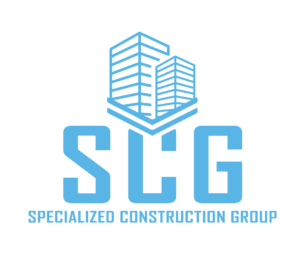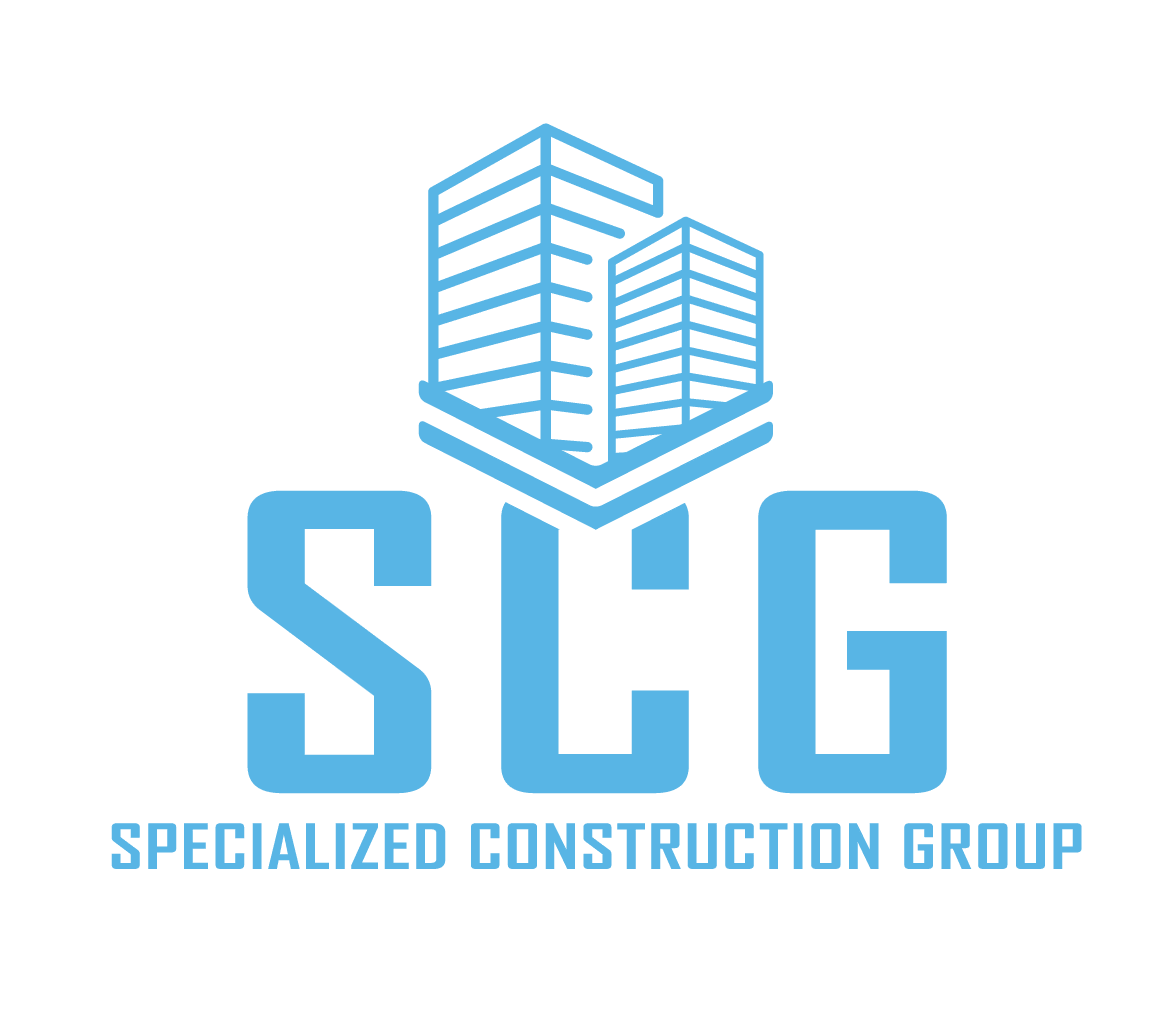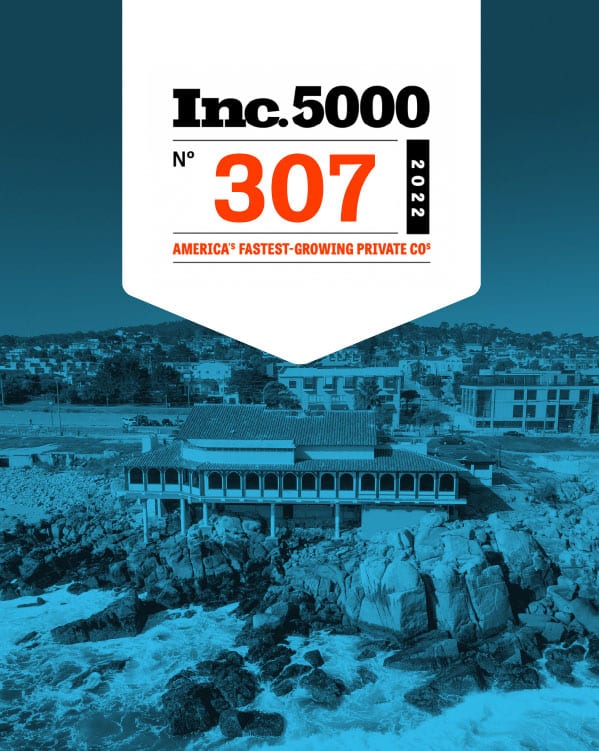Frequently Asked Questions
General questions
The earlier that we are brought into the process, the more value we can bring to the table. Regardless of how far along a project is, we can always deliver valuable advice and leadership. With a high quality project management team on board, potential problems can be identified and averted, such as work scope definition, budget allocation, building material selection and work schedule coordination.
SCGWest specializes in Site Evaluation Services and Turnkey Design Build services, primarily catering to retail, restaurant, and medical office brands.
We serve the retail, restaurant, and medical office sectors.
Our Site Evaluation Services help businesses identify the best locations, understand potential pitfalls, and ensure their new site aligns with their brand’s objectives.
Our service includes everything from initial design, engineering, construction, furniture, fixtures, equipment to handing over the keys, ensuring a seamless development process.
We have a fully assembled team that takes care of architecture, construction, and project construction management team on board at SCGWest.
We are based in Southern California, but operate nationwide.
Our company has been established for 11 years, but many team members have over 30 years of experience and multiple with bachelor’s and master’s degrees in construction management and engineering.
Yes, we have extensive experience assisting brands with regional expansions, multi-site rollouts, and standardized processes.
We pride ourselves on identifying time, cost savings, and potential pitfalls, streamlining the development process for optimal efficiency.
Yes, we offer guidance, loan application packaging and solutions related to project financing and have many lender relationships.
Ranked #307 – Inc. 5000 Fastest Growing Company. Top 10 TI Contractor in OCBJ. Innovator of the year 2021. Entrepreneur of the Year 2022.
We use weekly meetings and an App that is downloaded on your phone. Our dedicated project managers ensure smooth communication, timely updates, and efficient project management.
Yes, we have numerous case studies showcasing our work.
Call 855.348.5505 and schedule an appointment to review your project.
Absolutely! We are well-equipped to assist both established brands and those just starting their journey with their first brick-and-mortar location.
Yes. Once the scope of work is established, we outline time, costs, and quality guarantees.
We have a rigorous vetting process and long-standing relationships with trusted contractors and vendors, ensuring only the best for our clients.
We have architecture in house and our design team collaborates closely with clients to understand and encapsulate their brand’s identity in the project’s design elements.
We typically engage in projects with a minimum size of $500,000 to ensure we can provide the highest quality service and attention to detail that our clients expect.
No, we do not bid on projects in the traditional GC manner. Our approach is to offer comprehensive solutions tailored to our clients’ needs, ensuring quality and consistency throughout the project lifecycle.
Absolutely! We are experienced in handling entitlement work, ensuring that projects comply with all necessary regulations and get the necessary permissions to proceed seamlessly.
If issues or changes arise during the program management process, it’s important to communicate with your program manager and identify any potential solutions. You may also need to negotiate any necessary changes to the project schedule or budget.
There are several steps you can take to minimize risk during the design and construction process, including:
- Clearly communicating your project goals and expectations to the design and construction team
- Carefully reviewing and negotiating contracts with subcontractors and suppliers
- Obtaining necessary permits and approvals
- Regularly monitoring progress and addressing any issues that arise in a timely manner
- Having a contingency plan in place in case of unexpected delays or issues
When selecting a location for your business, it’s important to consider factors such as the local market, the availability of parking and public transportation, the zoning regulations of the area, and the proximity to other businesses and amenities. You may also want to consider factors such as the demographics of the area and the traffic patterns in the surrounding area.
There are a variety of financing options available for development projects, including traditional loans from banks or other lenders, grants and incentives from government agencies, and alternative financing options such as crowdfunding or venture capital. The best financing option for your project will depend on your specific needs and circumstances.
Duration varies based on the project. We can provide specifics on recent builds.
Construction in California tends to be about 30% more expensive than in other areas.
We use RS means, combined with our internal data, to compare construction pricing nationwide.
For firm bids after plans are approved, yes. For preliminary budgets and estimates, no. It is too early in the process with too many variables. We factor in a variance of 15%-20% that historically had been accurate.
General Construction is typically 65% of the cost of a restaurant or retail project. Also referred to as Hard Costs. A project will have costs in 3 categories. Hard costs, soft costs, and FFE (Furniture, Fixtures, & Equipment). Hard costs are physical labor and materials, which is mostly a GC bid. Soft costs are architecture, brokerage fees, loan fees, due diligence, reports, permitting, inspections, legal, engineering, management, admin, etc. Our budgets include both soft costs, hard costs, FFE and reserves and contingencies needed for SBA loan approvals. It is a complete total comprehensive cost of the entire project. Turnkey. When comparing our budgets to that of a GC, we will always be higher because we are factoring in all the details and costs that they are not.
We complete projects from start to finish. Change orders typically occur when a project is handed off from one group to the next or due diligence was not conducted properly. Architect hands off to a GC… missed something… GC change orders. Due diligence wasn’t done correctly, and the design didn’t meet code… change order. Etc. We minimize change orders by being involved the entire way and controlling all unforeseen variables. This is the power of effective project management.
Our estimates are based on historical data, current projects, square footage, and our understanding of the required manpower and timelines.
Our initial number is reliable and will not change by more than 15%.
No, our fast-track, turnkey model requires a cohesive team approach to ensure timely delivery.
Absolutely. Our architects are well-versed in all relevant CA standards and codes.
This would depend on the contract structure the client elects to move forward with. Ex: With our GMAX contract structure, any unforeseen costs resulting from our end would be our responsibility.
We bear responsibility for any mistakes from our end, while external mistakes could lead to longer delays.
Yes, we can work with established national accounts as long as we oversee or control purchases and deliveries.
Common oversights
Failing to do sufficient research and planning
It’s important to thoroughly research the design and construction process, as well as the specific requirements and regulations that apply to your project. Failing to do this can result in delays, unexpected costs, and other issues.
Underestimating the budget and timeline
It’s important to be realistic about the budget and timeline for your project, and to allow for contingencies in case of unexpected delays or issues. Failing to do this can result in a project that takes longer and costs more than expected.
Not hiring the right team
It’s important to carefully evaluate potential design and construction teams and choose one that has the experience and expertise to complete your project on time and on budget. Hiring a team that is not a good fit can result in delays and other issues.
Poor communication
Effective communication is crucial during the design and construction process. Failing to communicate clearly with your team or not addressing issues or changes in a timely manner can result in delays and other issues.
No contingency plan
It’s important to have a contingency plan in place in case of unexpected delays or issues during the design and construction process. Failing to do this can result in a project that takes longer and costs more than expected.
We turn your vision
into a reality
Let SCG handle the complexities of your project, from site evaluation to design and construction.



